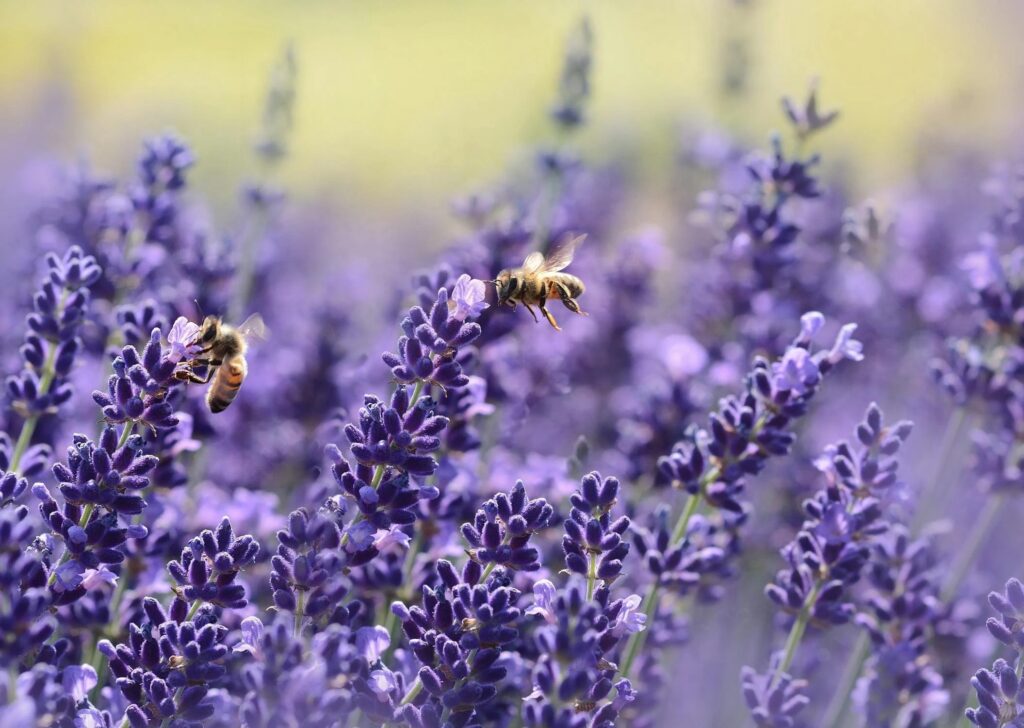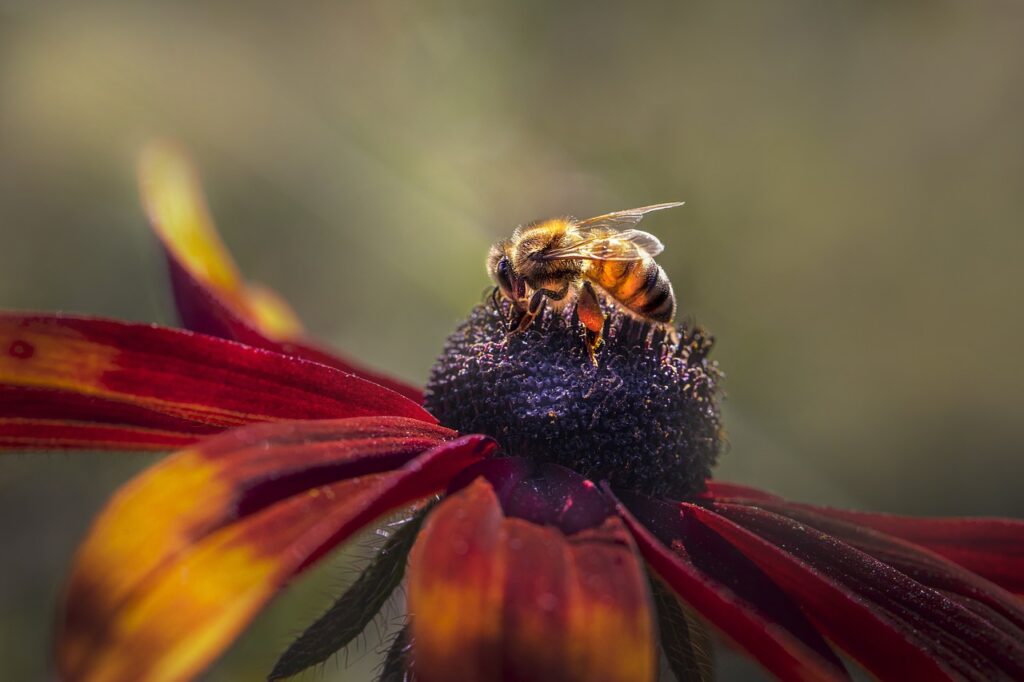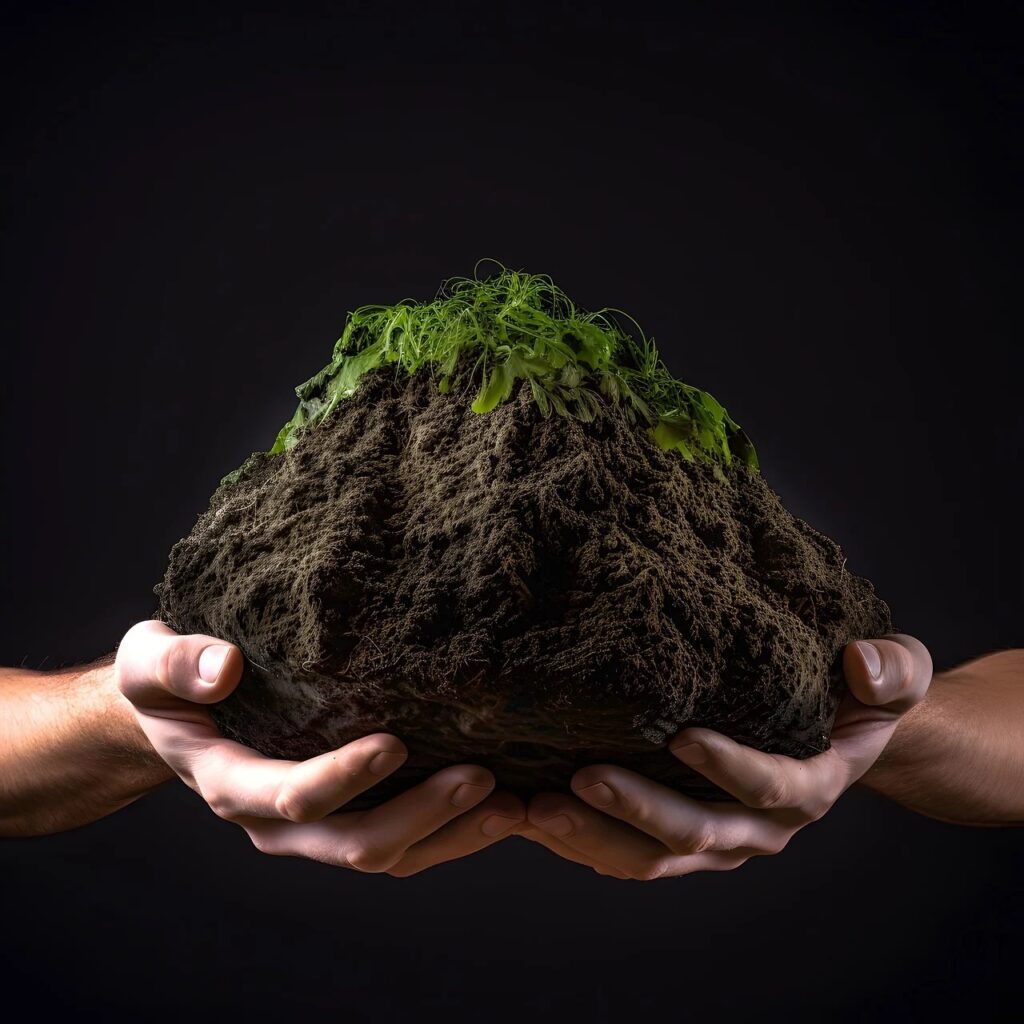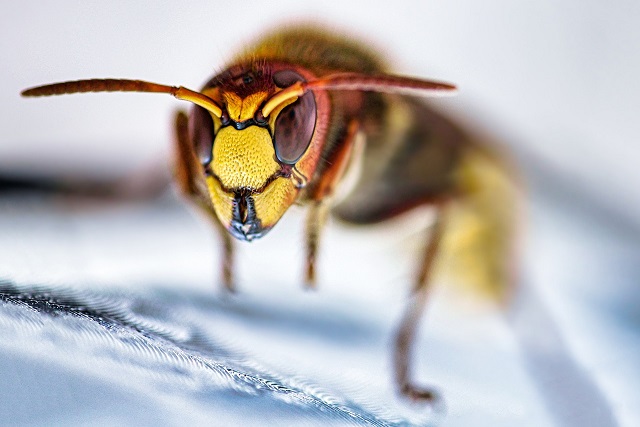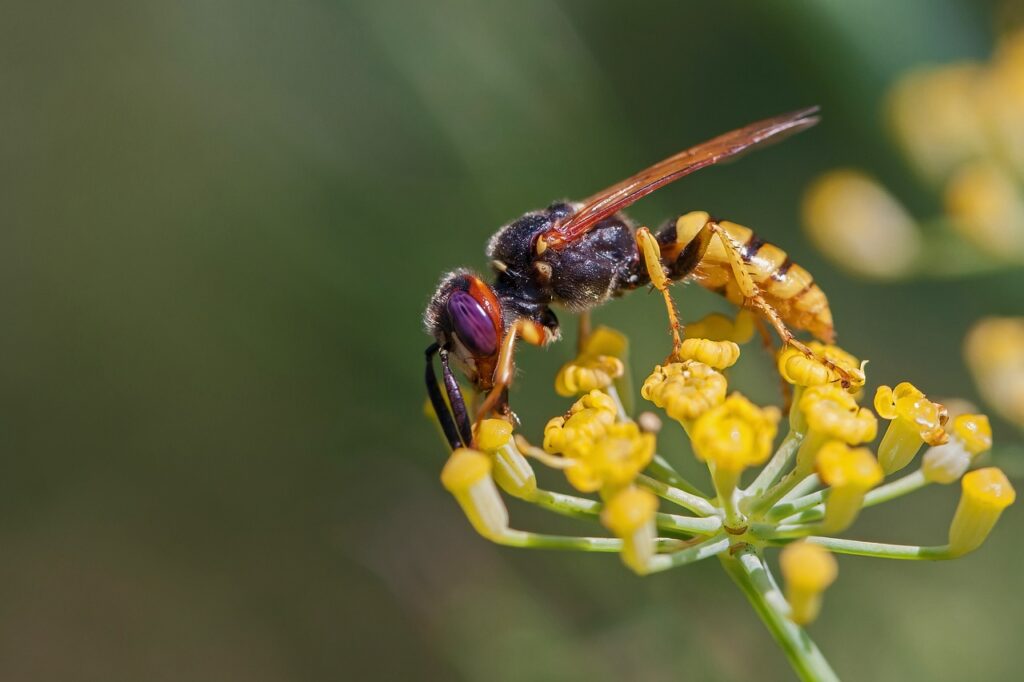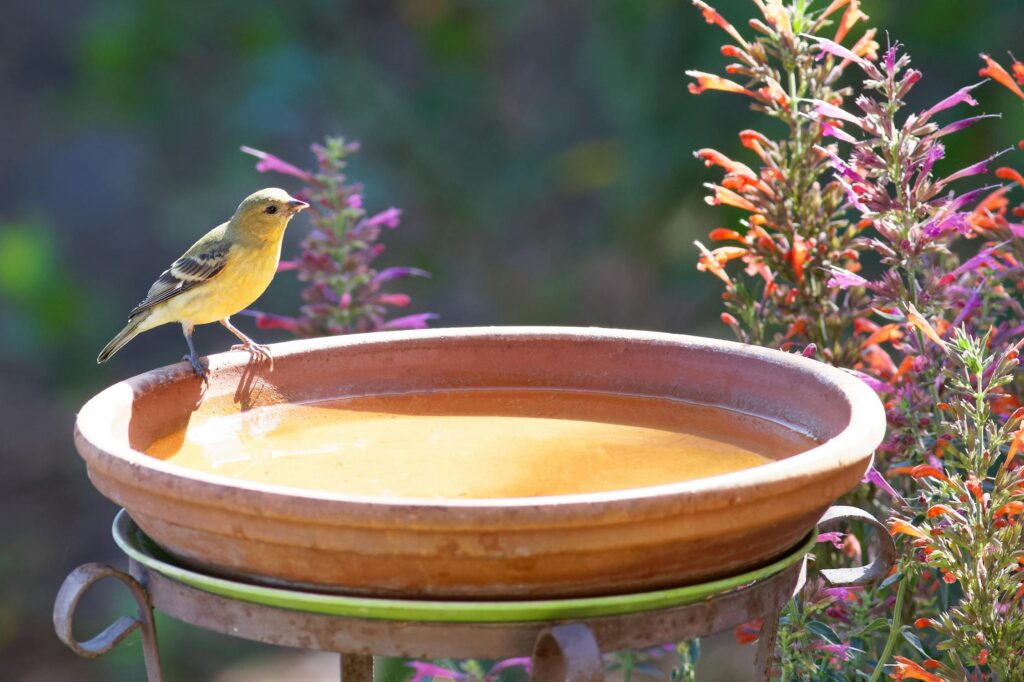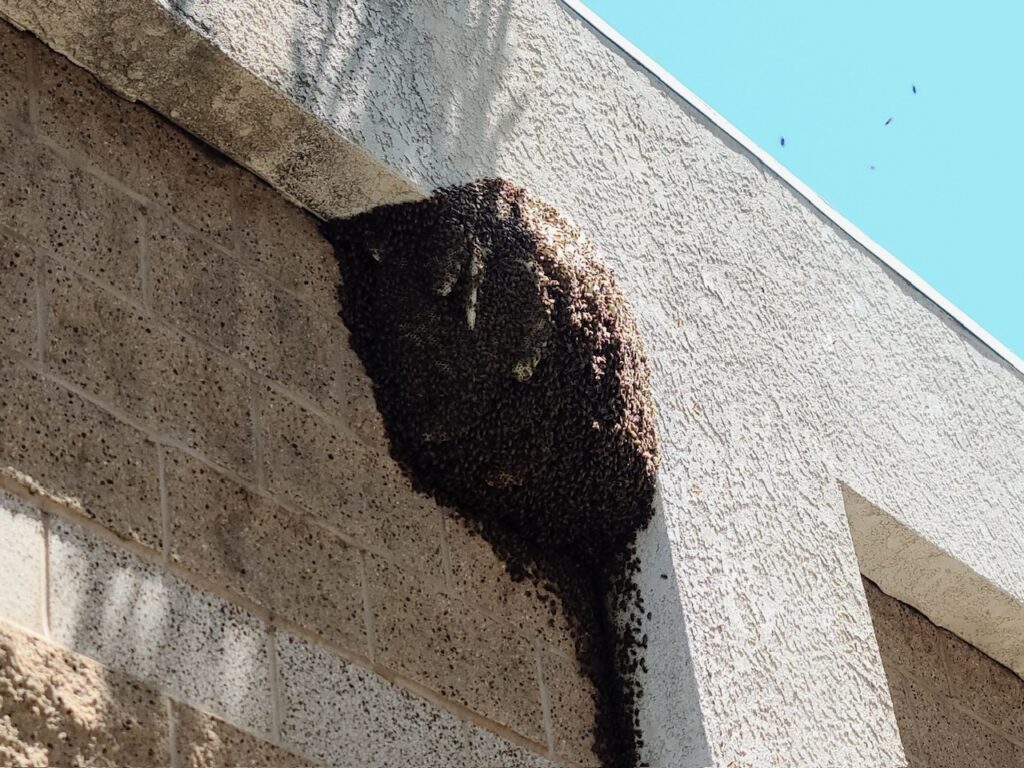Bee News
The Accidental Pollinators



When you think of pollinators, bees are likely the first creatures that come to mind. Their intricate dance from flower to flower, collecting pollen and nectar, is a familiar sight in gardens and fields. However, what many people may not realize is that bees are, in some ways, accidental pollinators. While their primary goal is to forage for food, the result of their activity has significant implications for plant reproduction and ecosystems.
At the heart of bee behavior lies their instinctual need to gather nectar and pollen. Nectar serves as a source of energy, while pollen provides essential proteins for their development and that of their young. This foraging process is often what most people associate with bees, leading to the belief that they intentionally set out to pollinate plants. In reality, the act of pollination is merely a byproduct of their search for sustenance.
As bees move from flower to flower, they unwittingly transfer pollen grains from the male parts of a flower (anthers) to the female parts (stigmas) of another. This transfer facilitates fertilization and the production of seeds, thus ensuring the continuation of many plant species. While bees are not the only creatures engaged in this activity, their efficiency and behavior uniquely position them as pivotal players in the world of pollination.
Different species of bees exhibit a spectrum of foraging behaviors. Honeybees, for instance, are highly social insects that thrive in organized colonies. They communicate the location of fruitful foraging spots through complex dances in the hive. On the other hand, solitary bees, like mason bees, operate independently and also contribute to pollination, often being more effective for certain types of plants due to their specific foraging patterns.
Interestingly, not all flowers are equally attractive to bees. Some plants have evolved to rely heavily on these “accidental” pollinators, developing traits such as bright colors, appealing scents, and nectar rewards to attract them. Certain flowers even produce shapes and structures that guide bees toward their reproductive organs, enhancing the likelihood of pollen transfer. In this mutualistic relationship, bees benefit from food, while plants secure the reproductive success vital for their propagation.
The role of bees as accidental pollinators extends beyond individual plants. Their collective efforts impact entire ecosystems, influencing the abundance and variety of flowering plants, which in turn supports other species. This web of connections illustrates the crucial importance of bees to our environment. Their foraging not only sustains their colonies but aids the reproduction of countless species, crafting a rich tapestry of diversity in nature.
However, this relationship faces challenges. Habitat loss, pesticide use, and climate change significantly threaten bee populations. As these accidental pollinators decline, we may find many plant species struggling to reproduce, which could lead to a cascading effect throughout ecosystems. Hence, it becomes imperative for us to advocate for bee-friendly practices, such as planting diverse flowers, reducing chemical use, and protecting habitats.








